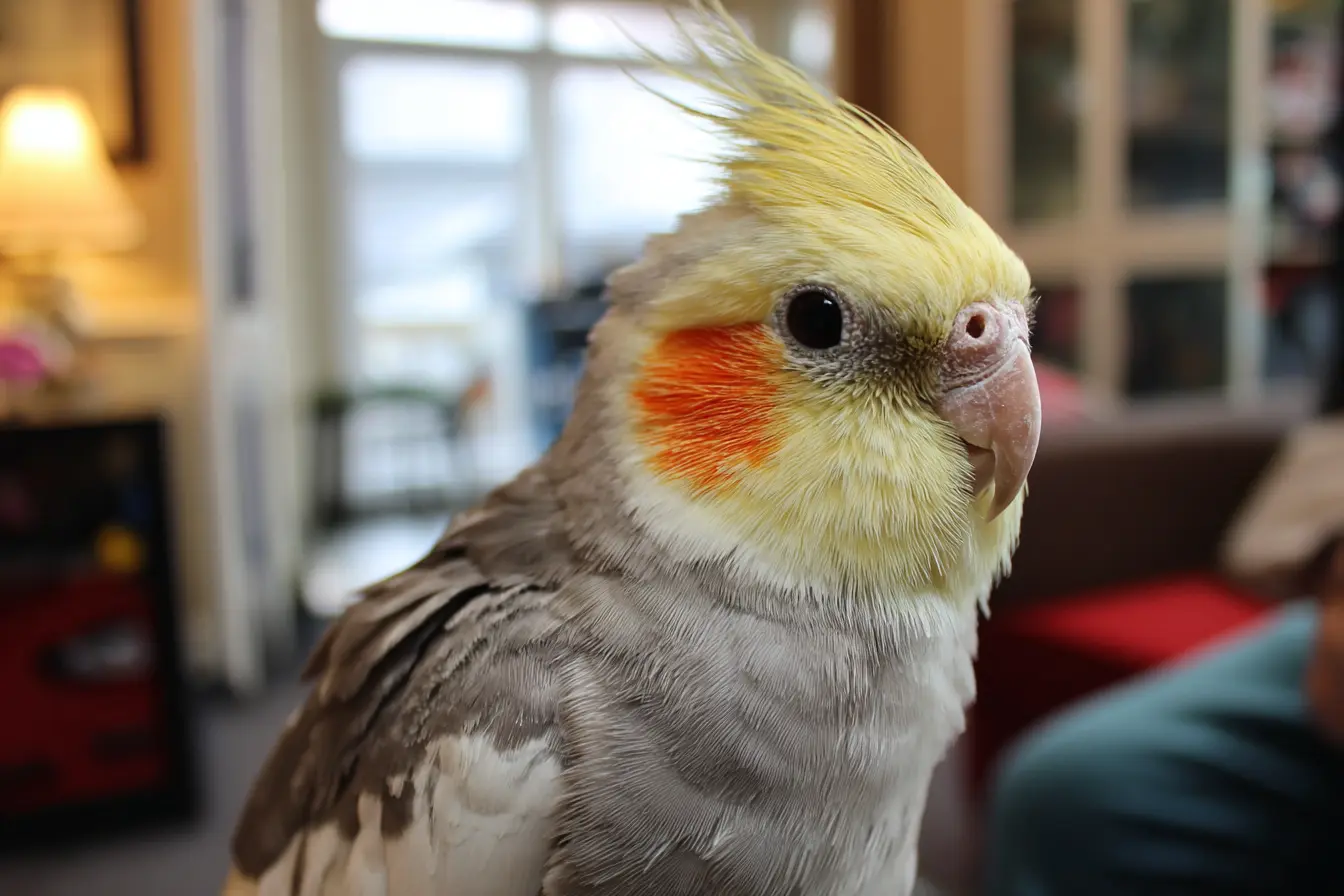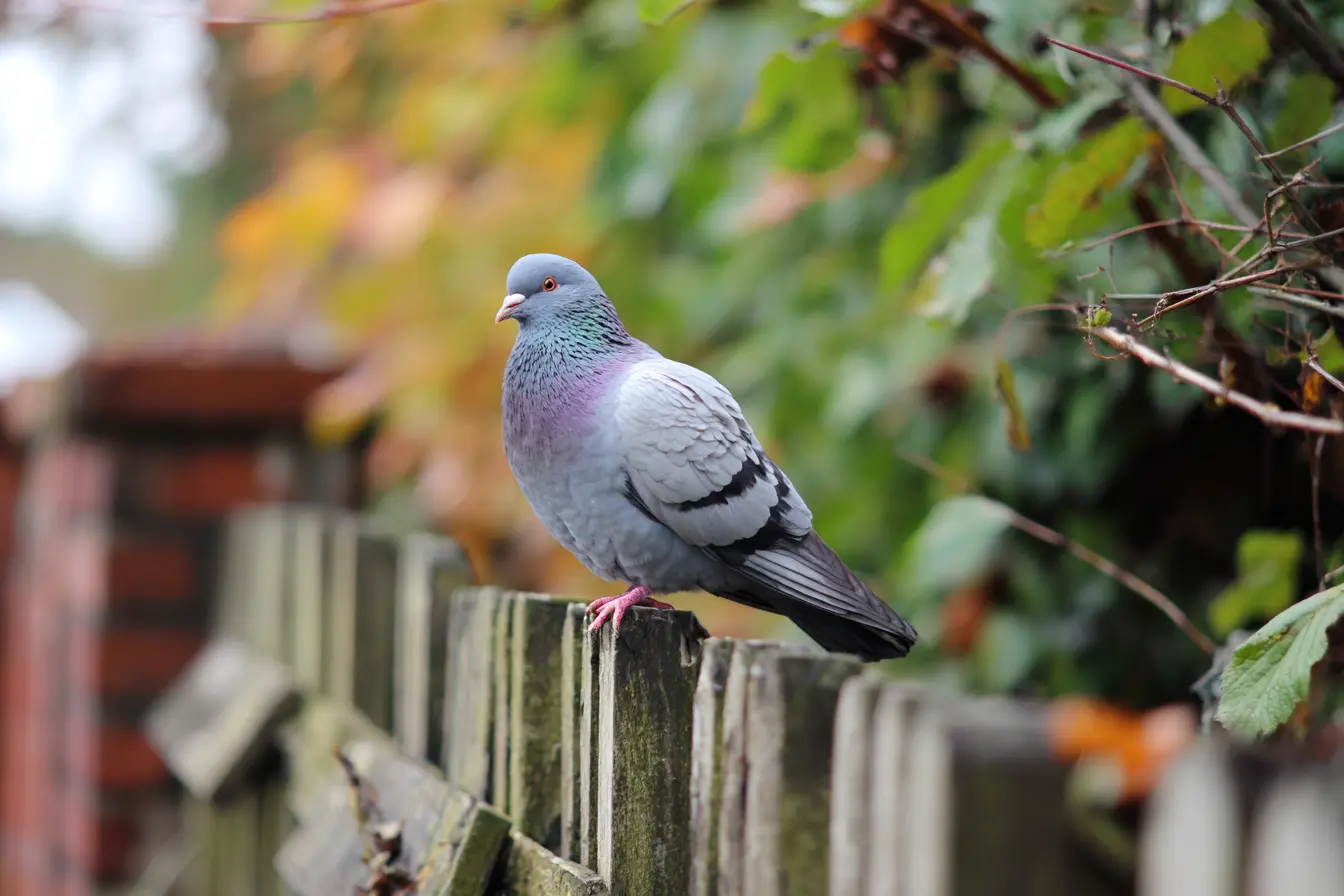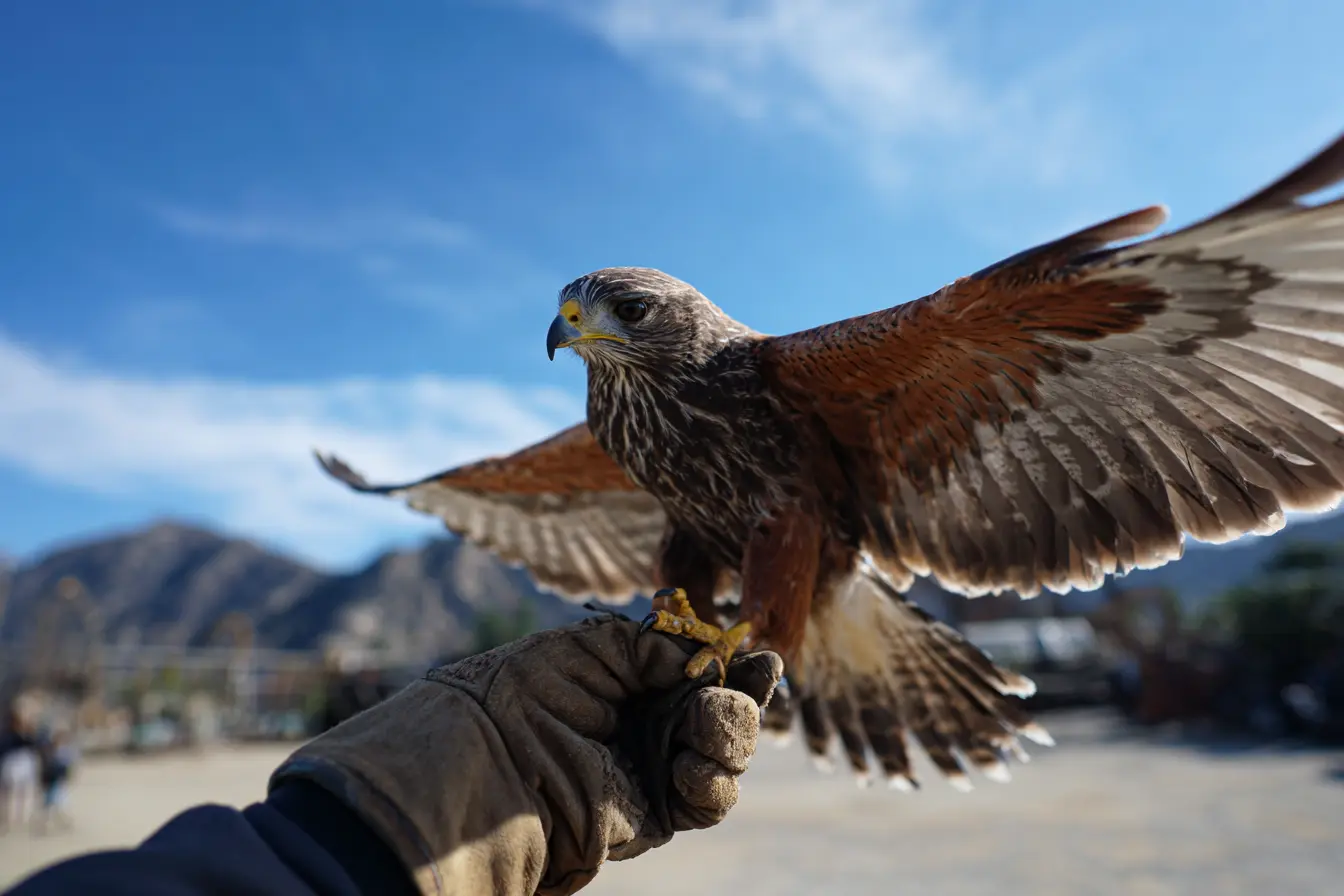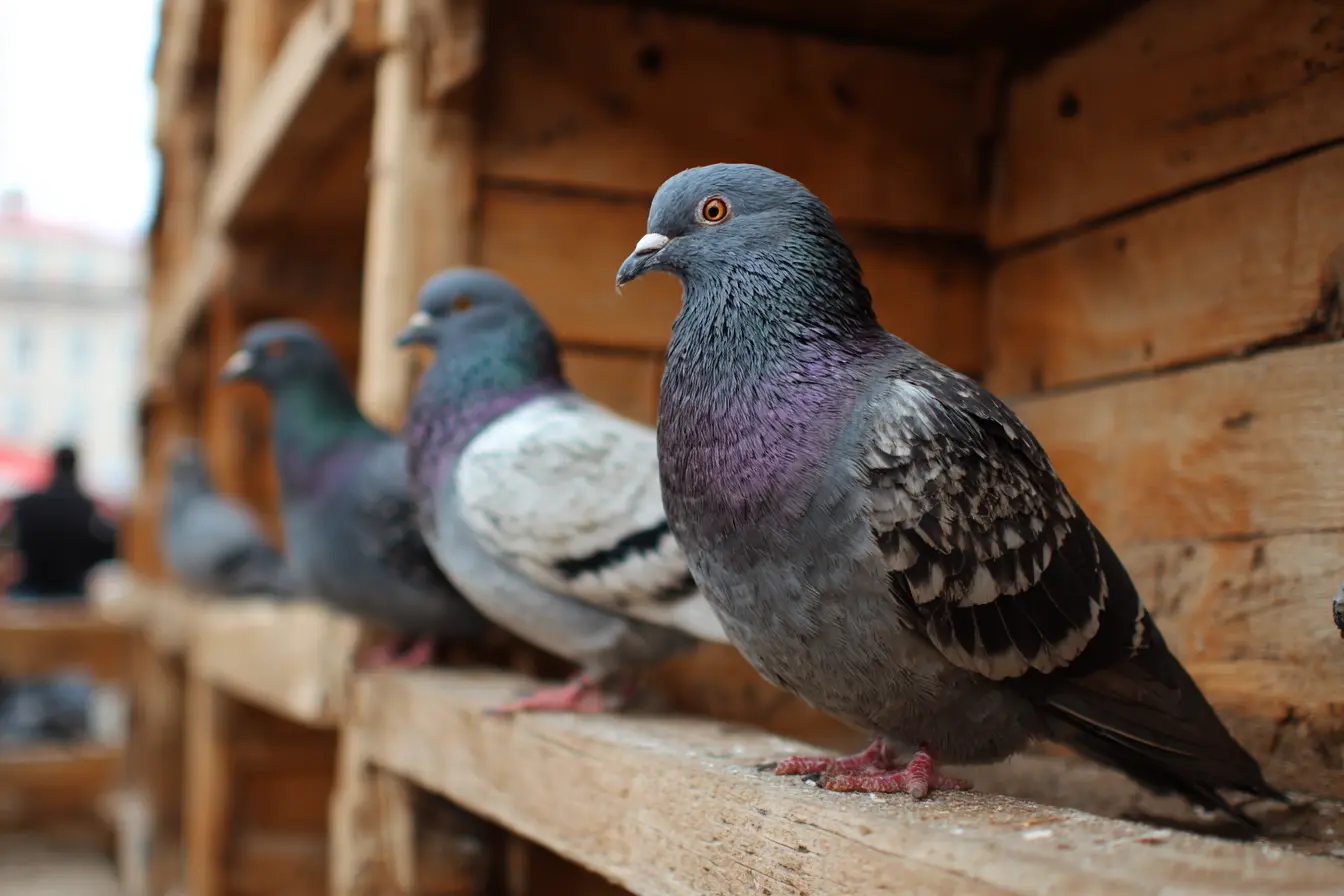
Scaly Face and Leg Mites in Pet Birds: Symptoms, Treatment, and Prevention
Scaly face and leg mites are a common and distressing condition in pet birds, particularly affecting small parrot species such as budgerigars (budgies), canaries, finches, and cockatiels. Caused by the microscopic mite Knemidokoptes pilae (also known as scaly mite), this infestation leads to crusty, scaly growths on the beak, cere, legs, and around the eyes.
While scaly mites are treatable, early detection and prompt action are crucial to prevent permanent disfigurement or more serious health complications.
What Are Scaly Face and Leg Mites?
Scaly face and leg mites are burrowing mites that live in the skin and feather follicles of birds. Unlike red mites, which are external blood feeders, scaly mites dig into the keratin layer of the skin, producing thickened, crusty lesions.
The condition is not contagious to humans, but it is highly contagious between birds, especially those kept in close quarters. Infestation often occurs through direct contact, shared perches, or nesting materials.
Which Birds Are Affected?
Scaly face and leg mites most commonly affect:
- Budgerigars (budgies)
- Cockatiels
- Canaries
- Finches
- Occasionally larger parrots, though less frequently
Young birds, elderly birds, or those with weakened immune systems are more susceptible.
Symptoms of Scaly Face and Leg Mites
The signs of infestation develop gradually and may go unnoticed in the early stages. Common symptoms include:
On the Face and Beak
- White or grey crusty lesions around the cere (fleshy area above the beak)
- Thickening or deformation of the beak
- Crusts around the eyes, beak corners, or cheeks
- Beak overgrowth, due to abnormal keratin production
- Scratching or rubbing the face against objects
On the Legs and Feet
- Scaly, rough, or crusty patches on the legs and feet
- Raised scales or ‘honeycomb’ texture on the skin
- Lameness or discomfort when perching
- In severe cases, toe deformities or circulation issues
These symptoms are caused by the mites burrowing into the skin, triggering inflammation and excessive keratin build-up.
How Is It Diagnosed?
Diagnosis of scaly mite infestation should be made by an avian vet and typically includes:
- Visual examination of the bird’s beak, cere, and legs
- Skin scrapings viewed under a microscope to confirm the presence of mites
- Beak trimming, if overgrowth has occurred due to infestation
Early diagnosis helps avoid permanent damage to the beak or toes.
Treatment for Scaly Face and Leg Mites
Treatment is usually very effective, especially when started early. The goal is to eliminate the mites, relieve the bird’s discomfort, and allow damaged skin to heal.
1. Antiparasitic Medication
- Ivermectin is the most commonly used treatment, usually applied topically (to the skin at the back of the neck) or orally under veterinary supervision.
- A course of treatment may last several weeks, depending on the severity.
2. Soothing Creams or Oils
- Avian-safe emollients (such as paraffin oil or petroleum jelly) can be gently applied to soften crusts and suffocate surface mites.
- Avoid using any human creams without vet approval.
3. Supportive Care
- Beak trims may be needed if overgrowth or deformity has occurred.
- Vitamin supplementation, especially vitamin A, may be advised to support skin healing.
- Boosting immunity through improved nutrition can aid recovery.
4. Treat All Birds
- If you have multiple birds, all may require treatment—even if they appear healthy—as they could be asymptomatic carriers.
Preventing Reinfestation
Good husbandry is essential to preventing future mite problems. Steps include:
Maintain Hygiene
- Clean and disinfect cages, perches, toys, and feeding dishes regularly.
- Replace wooden perches if they are heavily infested or cracked.
- Avoid damp, dirty conditions where mites may thrive.
Isolate New Birds
- Quarantine new birds for at least 30 days before introducing them to your flock.
- Monitor them for signs of mites or other parasites during this period.
Support a Healthy Immune System
- Provide a balanced diet rich in fresh vegetables, leafy greens, and pellets.
- Ensure adequate vitamin A, which supports healthy skin and feathers.
Regular Health Checks
- Examine your bird’s beak, cere, feet, and legs weekly for any changes.
- Schedule annual vet visits to catch early signs of disease or parasite infestation.
When to See a Vet
Contact an avian vet immediately if you notice:
- Crusting or scaling on the face or legs
- Deformation or overgrowth of the beak
- Signs of discomfort or excessive scratching
- Lameness or reluctance to perch
Early treatment can prevent complications and ensure a full recovery.
Final Thoughts
Scaly face and leg mites are uncomfortable and potentially disfiguring for birds, but with prompt treatment and good care, affected birds can recover fully. Regular inspections, hygienic living conditions, and a nutritious diet are key to keeping your pet bird mite-free.
If you suspect your bird may have scaly mites, don’t delay—seek veterinary advice and begin treatment right away to restore comfort and protect your bird’s health.
Vets near you
Speciality vets
- Aquatics vet specialists
- Birds vet specialists
- Camelids vet specialists
- Cats vet specialists
- Cattle vet specialists
- Deer vet specialists
- Dogs vet specialists
- Equines vet specialists
- Exotic vet specialists
- Goats vet specialists
- Pigs vet specialists
- Poultry vet specialists
- Sheep vet specialists
- Small Mammals vet specialists
- Wild vet specialists



